a process which incorporates natural elements to form superior biofilm characteristics. As a result, the fixed films used in Organica facilities feature much more diversity and stability than traditional ones.


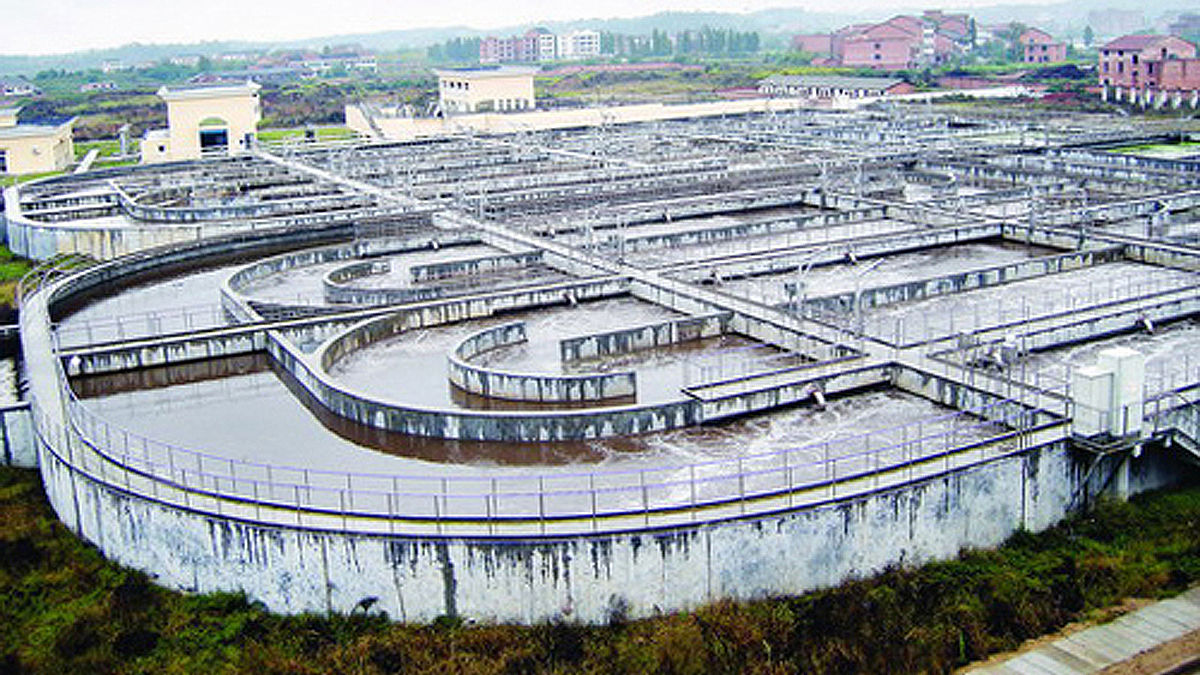
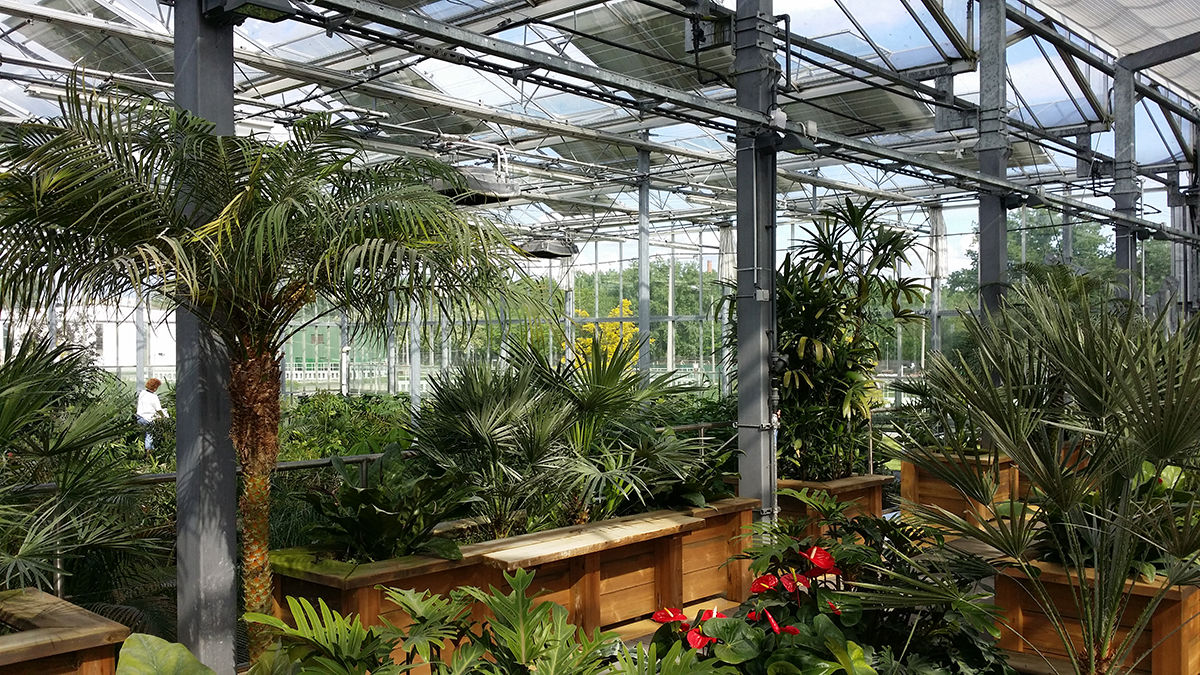
a process which incorporates natural elements to form superior biofilm characteristics. As a result, the fixed films used in Organica facilities feature much more diversity and stability than traditional ones.
tight disciplinary integration fitting into the urban fabric requires more than a good wastewater treatment process. Much broader considerations including urban planning, architecture, smell, aesthetics, and psychology are required. Therefore, a much higher integration is ensured between process-, civil-, mechanical-, electrical engineering, architecture, landscaping, and botany.
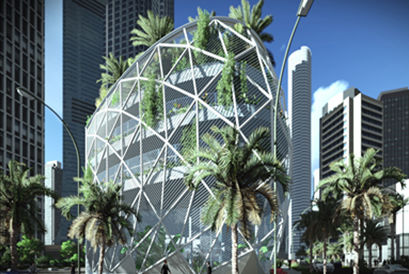
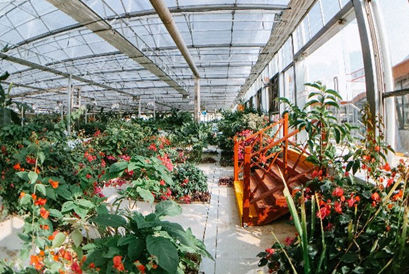
The efficient process produces larger biomass/m3 of reactor which leads to smaller overall reactor size. This combined with a creative architectural design results in 60% smaller physical footprints than an activated sludge design for the same application.
In an Organica facility, almost all the biomass is fixed on the natural (plant) and engineered root structures, resulting in low suspended solids throughout each stage of the treatment process. The cleaner water (low TSS) results in highly efficient oxygen transfer rates, thereby lowering aeration requirements, which is the most energy-intensive part of any aerobic treatment process. The result is a 30% or greater reduction in electricity consumption compared to other activated sludge-based solutions.
With an attractive greenhouse or shading structure design and none of the typical wastewater treatment plant odors, the garden-like appearance of an Organica facility offers a positive “psychological” footprint. This means a pleasant impact on the surrounding environment which invariably means increased property values around the plant.
The use of root structures as a biofilm carrier in the Organica FCR results in a substantial increase in the diversity of microorganisms present in the system. This enhanced diversity creates a highly stable system that can adapt to unexpected fluctuations in the loading of the influent wastewater.
1. Compact System
2. Odorless
3. Efficient
4. Aesthetic
5. 40% Savings on CAPEX & OPEX
1. Municipal Watewater Treatment
2. Municipal Upgrade
3. Real Estate Development
4. Water Re-use applications
1. South Pest, Hungary WWTP
2. MM2100, Indonesia WWTP
3. Wusong, China WWTP
4. Laguna, Philippines WWTP
5. Gençay, France WWTP
For reference click here.
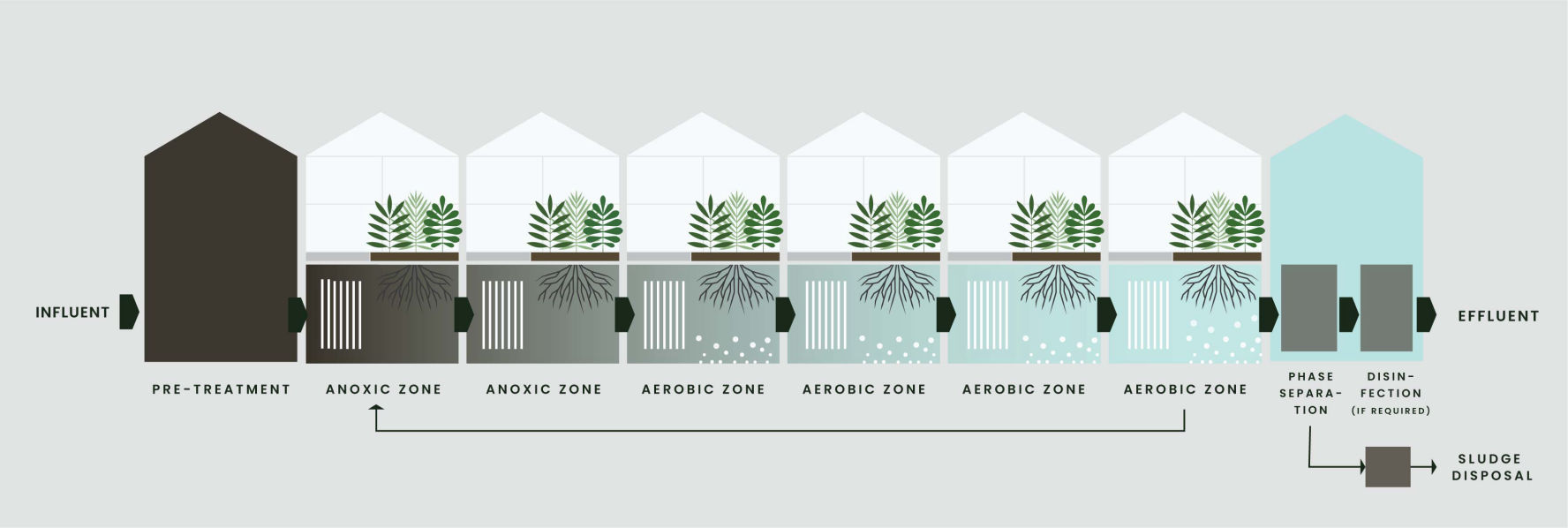
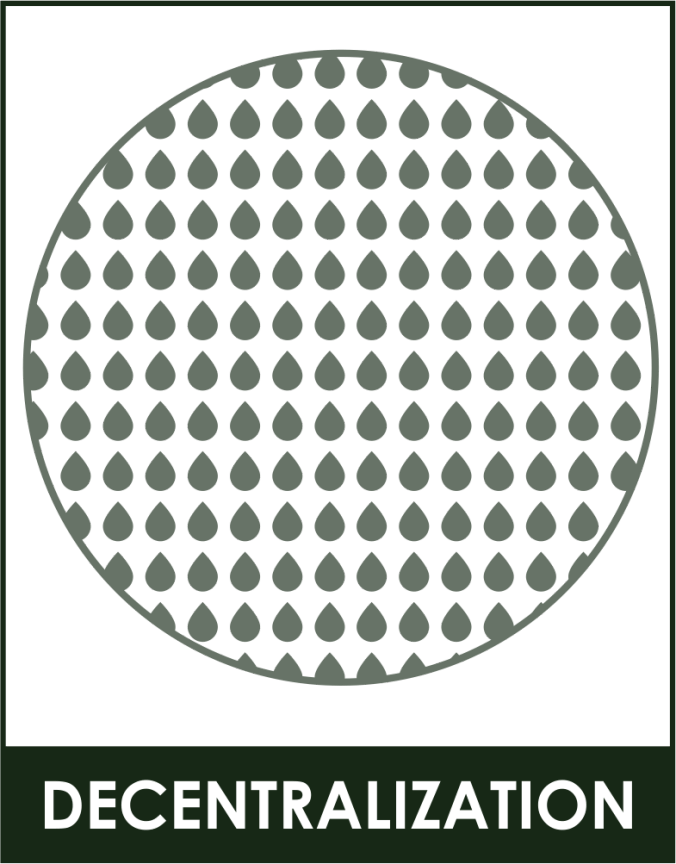
- Many small facilities needed to
handle the same capacity
- Difficult & Costly to regulate &
operate so many facilities
- Each facility requires its own
sorrounding buffer zone
- Less tolerance for fluctuation in
influent quality
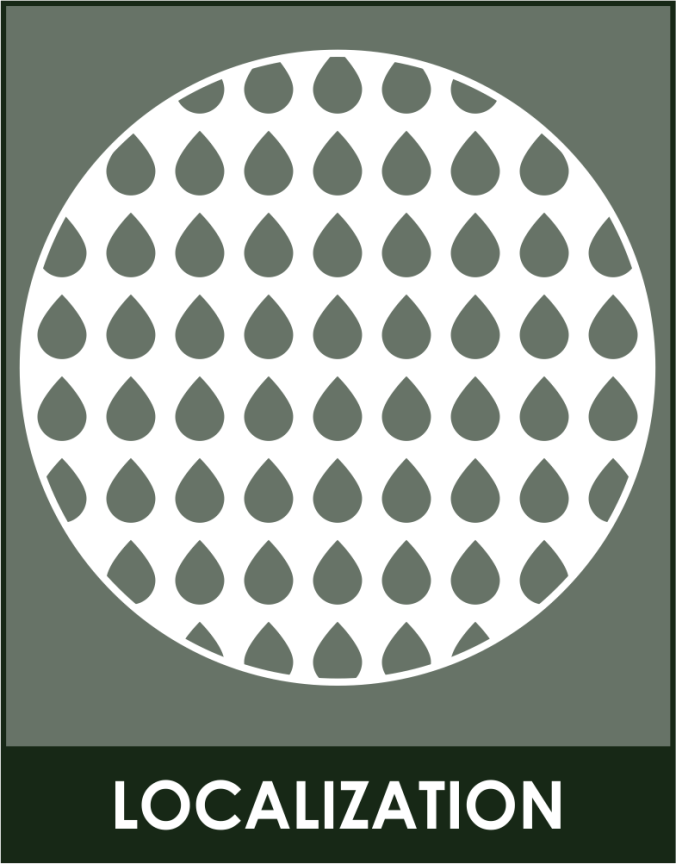
- Optimized solution between the
two extremes
- Connect local community to a
more sustainable future of
wastewater management
- Reduced network costs
- Maximizes development
opportunities
- Ability & accesses to potential
water reuse options
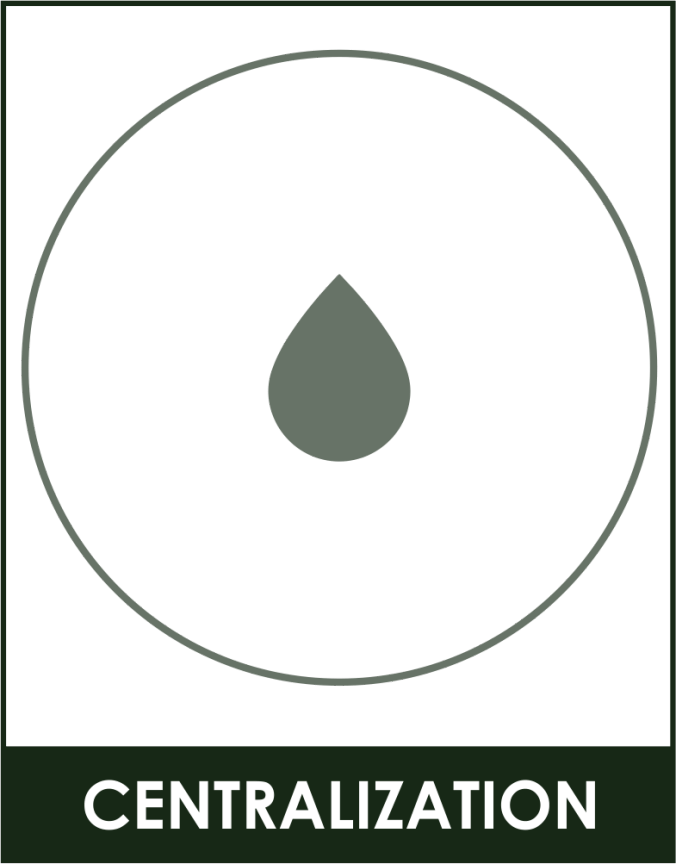
- Single or few facilities results in
economies of scale
- Usually located far from
wastewater source
- Extensive collection systems
needed
- Sufficient volume for reuse, limited
by distribution costs & available
demand
At the heart of an FCR Facility is the Biomodule. Designed to fit securely into the biological reactors, each Biomodule acts as the support structure for both the plants whose roots make up the primary biofilm carrier, and patented biofiber media designed to mimic the structure and function of the plant roots.
The root structures in turn provide an ideal habitat for a thriving ecosystem – both larger (2-4x greater active biomass per cubic meter of reactor volume) and more diverse (3-4x greater species diversity) than the biology found in typical conventional activated sludge-based systems.
This results in the development of a distinctive self-regulating ecosystem with operational flexibility and high resilience to unexpected influent fluctuations and shock-loading. In addition, because the Biomodules support this unique biofilm fixed on the root structures, the process utilizes much lower suspended solids content in the water (typically 90% less than conventional suspended growth systems). These lower suspended solids content improves oxygen transfer efficiency and results in significant energy savings.
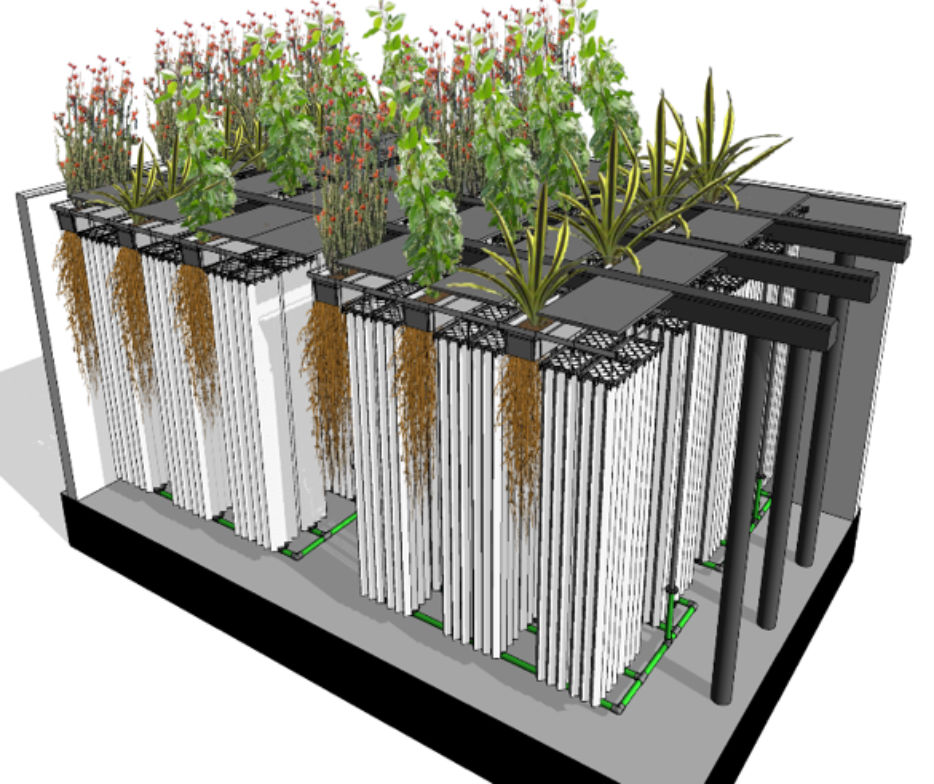
The Discfilter is a mechanical filtration device specially designed to remove total suspended solids (TSS) from wastewater streams following biological treatment in an FCR Facility. Each discfilter incorporates a simple, yet sophisticated, design that ensures continuous low-maintenance operation and stable, reuse-quality effluent; all with a drastically reduced footprint over conventional secondary clarification.
As an FCR Facility is a fixed-film system utilizing biofilm that is attached to root structures, the suspended solids content of the water in the treatment process is low (100 – 300 mg/l). This allows the use of Discfilters for phase separation directly after the biological treatment step.
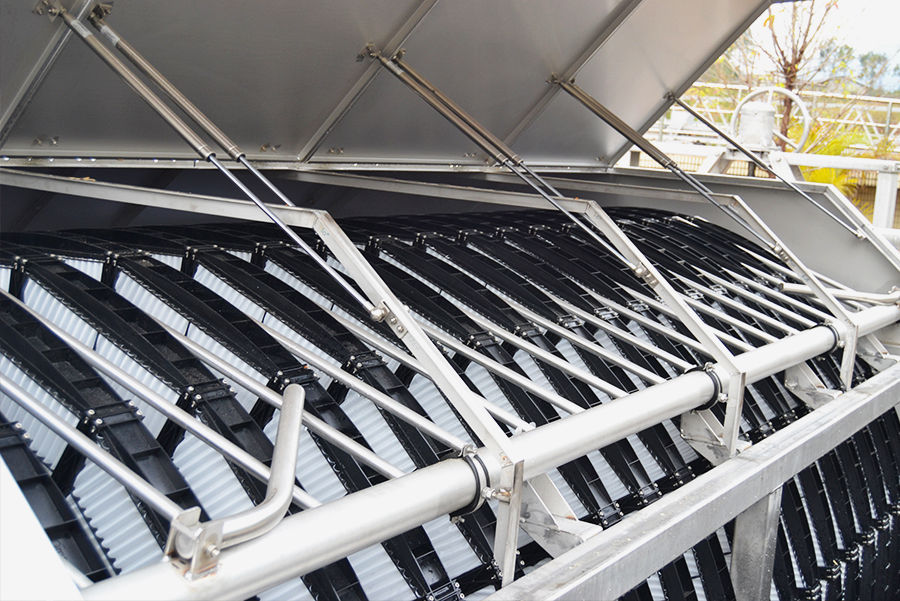
The Discfilter’s advanced design consists of multiple filter discs constructed from modular demountable cassettes attached to a revolving inlet drum. The configuration maximizes the filtration area which makes an exceptionally small physical footprint possible, reducing land requirement by up to 90% in comparison to conventional secondary clarification.
Thanks to their compact footprint, Discfilters are perfectly suited to be installed in the wastewater facility building itself, further decreasing the physical and psychological footprint of the Facility and adding to the aesthetically pleasing visuals.
Discfilters are able to meet performance requirements of a wide range of effluent TSS limits, including constantly producing reuse-quality water. Reclaimed water can be utilized for a number of purposes, including irrigation, industrial cooling processes, feeding A/C cooling towers, toilet flushing or groundwater recharge. What is more, due to the low TSS leaving the last reactor zone, phase separation can be accomplished by a single-stage discfilter down to 5 mg/l TSS with the correct chemical conditioning.
As part of each FCR Facility, supplies and installs its process control software, custom programmed to operate the Facility efficiently and in an automated way. Utilizes a PC-PLC based process control system, integrating the acquisition, display, and storage of operational data, as well as the input and application of operational variables.
The control and management of the Facility relies on the data gathered from the sensors and probes installed in the Facility, specified by Organica at the design stage. The flow of wastewater is measured by electromagnetic meters and level indicators, while the optimization of energy consumption requires data from dissolved oxygen probes linked to variable speed drives controlling the blowers. Pump capacity is regulated via variable speed drives and electromagnetic or pneumatic controllers which regulate valves. All equipment is controlled by a PLC, which monitors their status through feedback channels and displays it on the application program.
The process control software provides an easy-to-use graphical interface for operator interaction and ensures secure operation of the whole treatment plant. The operational savings from this high level of automation are significant, as with this level of sophistication facilities require very few personnel for safe operation. In addition, the ability to establish secure online connections enables our engineers to provide clients with remote monitoring capability and various Digital Services. Using the online interface, engineers can remotely view, evaluate, and provide input to optimize Facility operation.
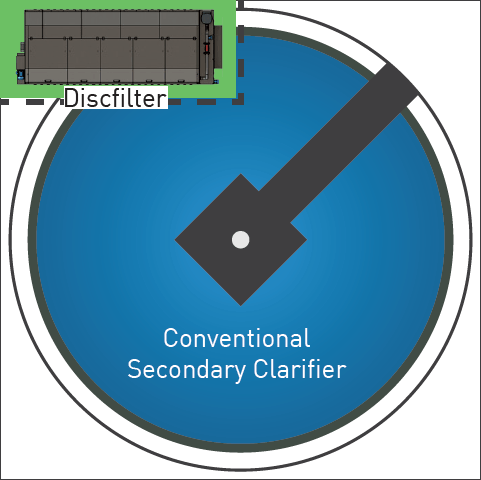
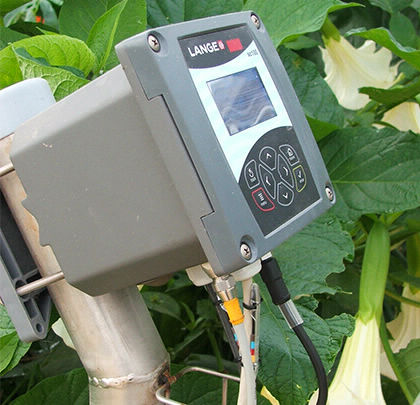
The combination of smaller reactor volumes, lower suspended solids, and creative architectural design results in 60% smaller physical footprints than an activated sludge design of the same application. The smaller physical footprint results in less land usage and reduced construction costs when compared to alternative approaches.
In an FCR Facility, almost all of the biomass is fixed on the natural (plant) and engineered (patented biofiber media) root structures, resulting in low suspended solids throughout each stage of the treatment process. Further, the presence of the plants helps create a loose biofilm structure, allowing oxygen to penetrate into the deepest layers of the biofilm fixed on these root structures. This combination of cleaner water and the loose structure results in highly efficient oxygen transfer rates, thereby lowering aeration requirements, which is the most energy-intensive part of any aerobic treatment process. The result is a 30% or greater reduction in electricity consumption compared to other activated sludge-based solutions.
The presence of plants and the cascading reactor design provides a habitat for distinctive self-regulating ecosystems which include higher level organisms. This results in the creation of a natural “food chain”, resulting in up to 20% less excess sludge compared to other activated sludge-based solutions.
With an attractive greenhouse design and none of the typical wastewater treatment plant odors, the garden-like appearance of an FCR WWTP offers a significantly reduced “psychological” footprint. This results in very little buffer zone requirement around the WWTP, preserving valuable land for development in locations where real estate values are high, and dramatically reducing infrastructure costs by allowing wastewater to be treated close to the source.
For the smaller range of facilities, pre-engineered Facilities designed to treat up to 4,000 m3/day (50,000 to 1 MGD) offer the contractor to start construction much earlier than usual. We have pre-engineered the designs for these size ranges and can thus provide Detailed Engineering in less than 7 days to its partners/clients.
The use of root structures as a biofilm carrier in the FCR results in a substantial increase in the diversity of microorganisms present in the system (3000 species vs. 600-800 in Activated Sludge). This enhanced diversity creates a highly stable system that is able to adapt to unexpected fluctuations in the loading of the influent wastewater.
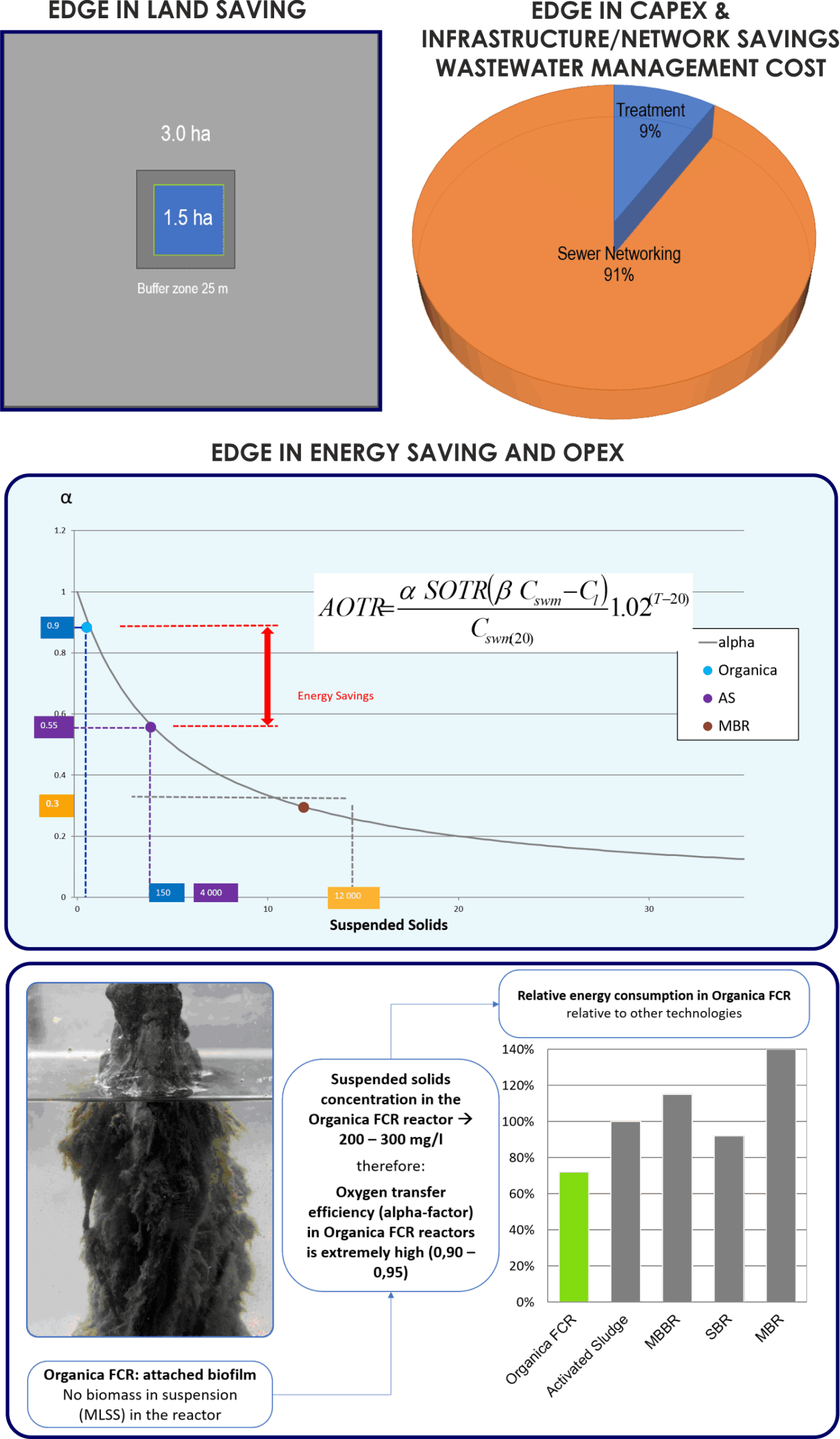
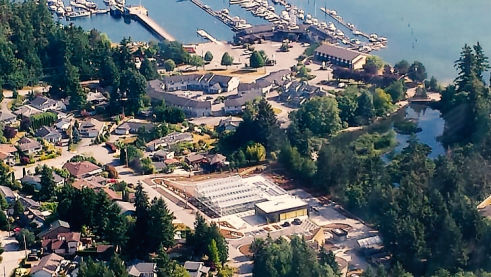
ORGANICA PLANT IN A SUBURB
VANCOUVER, CANADA
Wastewater treatmen can occur in dense city neighborhoods, minimizing the number one cost in wastewater infrastructure: the piping network.
Treatment close to the waste source creates opportunities for localized water reuse, thereby decreasing pressure on drinking water infrastructure.
Urban landscape is actually positively impacted by the presence of ‘Urban Water Gardens’.
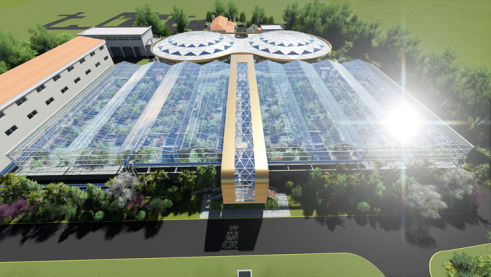
ORGANICA PLANT IN A SUBURB
VANCOUVER, CANADA
Upgrades of existing wastewater treatment facilities can increase capacity, improve effluent quality, and decrease operational costs.
In cases where the city has developed around the old wastewater treatment facility, the technical improvements from upgrades are coupled with a transformation from industrial to natural, enhancing neighborhoods and improving the surroundings.
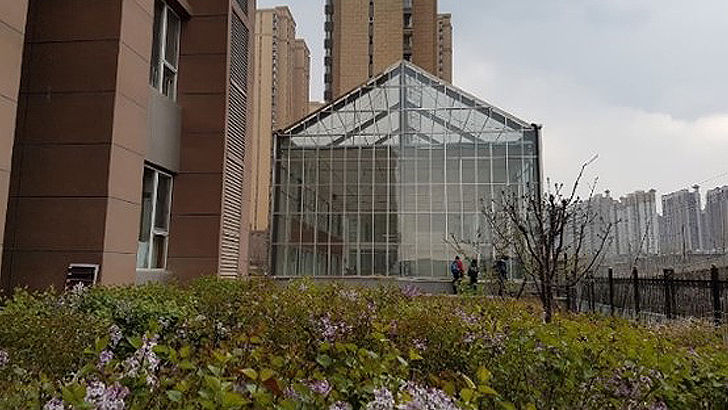
ORGANICA WATER RESOURCE FACILITY IN THE
MIDDLE OF A REAL ESTATE DEVELOPMENT
CHINA
With a small building envelope, beautiful garden aesthetics, and no odor, land value is maintained and, in many cases, even improved.
Simple operation and lower energy consumption along with on-site water reuse opportunities will bring savings over time, and make any development much more sustainable.
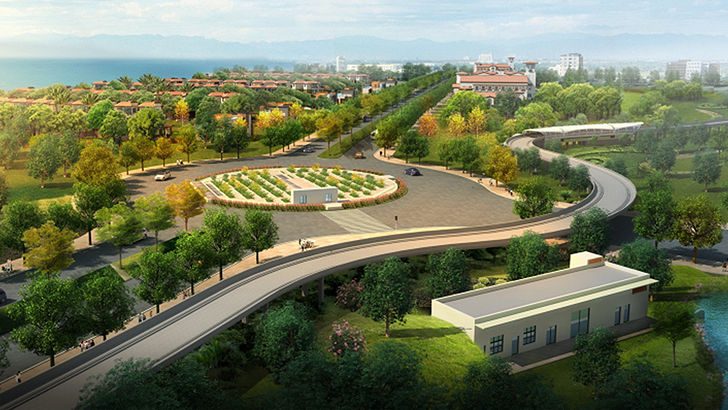
THE ORGANICA FACILITY IN THE MIDDLE OF A TRAFFIC CIRCLE IS TREATING AND RECYCLING THE WATER FOR IRRIGATION
HAINAN ISLAND, CHINA
Treated effluent is of a high quality and local reuse needs can easily be met without additional treatment.
Social acceptance of wastewater reuse is facilitated by the incorporation of nature – a thriving healthy garden – in the facility.
More than 117+ installations worldwide
2020
2019
2018
2017
2016
2015
2013
2008
2004
this ensures the integration of disciplines, and forms the basis of our process guarantee.
When cooperating with a Partner, both on proposal and project implementation phases, Organica devotes a full team of dedicated engineers that are able to adapt to Partner´s specific support needs to create a highly-detailed engineering package. This can cover all the technical aspects/disciplines of engineering for the complete wastewater treatment plant: process design, detailed mechanical engineering, control and instrumentation, and civil & architectural design.
In addition to the above, thanks to Organica’s highly automated process modelling capabilities, design/engineering software and specialized engineers, the engineering documents are generated in a very short timeframe, ensuring both optimized design and on-time delivery.
Biomodules – engineered media blocks within the reactors, enabling large quantities of biomass to grow and remain active.
Plant racks – these supports natural (plant roots) biological media in the form of a beautiful garden bed on the reactor surface.
Aeration panels – specially designed to snugly fit beneath each biomodule, enhancing hydraulic mixing and oxygen transfer efficiencies.
Discfilters – Specially designed as a small footprint phase-separation step directly after the biological reactors, which ensure compliance with strict effluent TSS requirements.
Control & Instrumentation – integrated sensors and software package to ensure efficient operation.
Commissioning Support / Supervision – to ensure process performance and secure process guarantee delivery.
Floating Social Menu and Ribbons
Click the "gear" icon to change the layout of the social bar. This text will be removed on preview/publish.